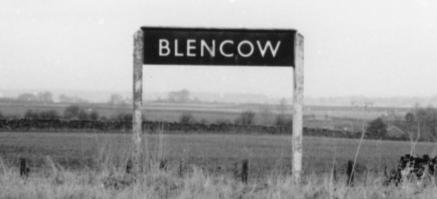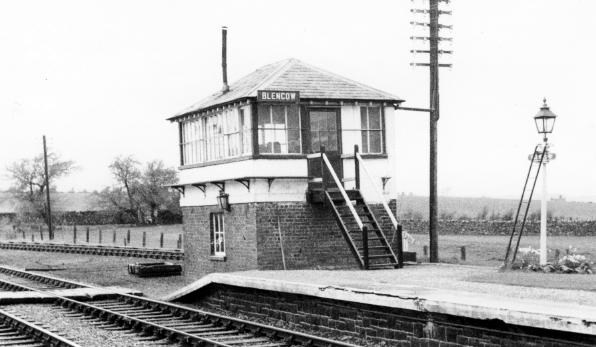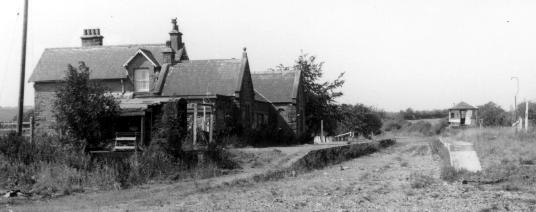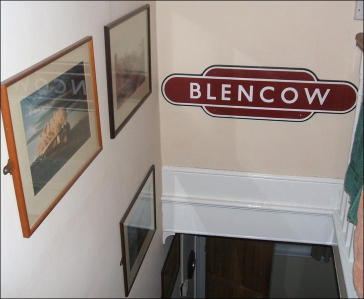
| Blencowe Families’ Association Newsletter | Vol. 23 No. 3 August 2008 |

|
Blencow Station opened 2nd January 1865 as part of the Cockermouth, Keswick and Penrith Railway, the only line to cross the Lake District, albeit on the northern edge. Linking in the coastal industries around Workington, it was a very early important part of the transhipment route moving coke from Durham to the ironworks of Cumbria.
In spite of its early association with the Stockton and Darlington Railway by virtue of Act of Parliament it became largely a London and North Western Railway affair.
By the 1920’s its importance as a through route had faded and local freight traffic, largely limestone from local quarries, had become the mainstay of traffic along with a growing patronage of tourists.
Although the line was to become one of the great scenic lines of England with its spectacular views of the Lake District, the construction of the railway had been strongly opposed by the poet William Wordsworth. Perhaps Wordsworth would have preferred the heavily traffic road which has since been built over much of the CK&P railway route.
The station was situated just north of Newbiggin village and was given that name during the planning of the railway. However, after considering Greystoke (2 miles to the west) and Dacre (3 miles to the south) Blencowe was adopted, Little Blencowe and Great Blencowe being small adjacent hamlets 2 miles north.
The railway initially adopted the use of the archaic form of spelling Blencowe (with an e) This was also adopted by Blencowe Lime Co Ltd which was established on the hill just behind the station in the 1930’s. Extracted lime mainly travelled to the steelworks of the Clyde at Glasgow. The quarry and works continued to operate with road transport after closure of the line in 1972.
 Blencow Station Signal Box in 1966
Blencow Station Signal Box in 1966
|
Blencow station actually closed to passenger traffic in 1952 but was re-opened in 1955 when the diesel railcars of the 1955 modernisation programme gave so many secondary lines an albeit brief respite. The promised increase in business failed to materialise and the line closed in 1972.
Between the wars, George Gaskarth, the station master, became well known for playing his bagpipes up and down the platform of Blencow Station.
 Blencow Station in 1976. Compare with cover photo taken in 1966.
It has since been converted into a residence and is hopefully more like its former glory.
Blencow Station in 1976. Compare with cover photo taken in 1966.
It has since been converted into a residence and is hopefully more like its former glory.
|
I travelled the line as a young lad of 12, while on holiday in that area, in 1964.
Stewart Blencowe
Needless to say Stewart is a train enthusiast! http://www.stewartblencowe.co.uk

|
The station sign above is now displayed on my stairs. It is known as a ‘totem’ sign.
Stations signs of this type were introduced in the early 1950s as the countries newly nationalised system endeavoured to make its mark. There are enamelled steel and were introduced in seven regional colours, the London Midland Region, in which Blencow fell, having the maroon colour.
For large stations they were produced in large numbers. With Blencow being such a small station, it had just four totem signs of which mine is unique having been the one fitted to the station building. Many of these totem signs ended up with the scrap merchant when stations were closed or became battered by weather conditions and vandals.
All four of the Blencow signs were saved. I obtained mine about 20 years ago paying £600 in auction. (There is a very large market in railway antiques in Britain!)
Stewart Blencowe
If anyone reading this has, or knows who has any of the other three signs, it would be interesting to hear from you.
Anne
| Blencowe Families’ Association | Newsletter Archive | Vol. 23 No. 3 August 2008 |